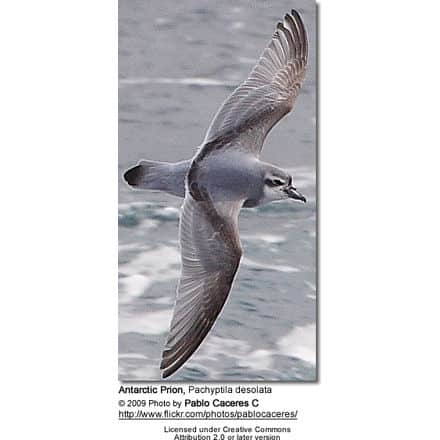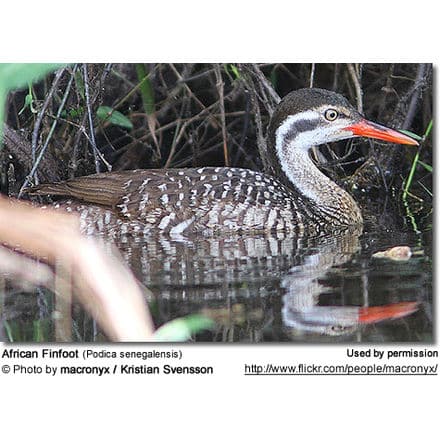Reddish Hermits
The Reddish Hermits (Phaethornis ruber) – also known as Red-vented or Pygmy Hermit – is a South American Hermit (part of the hummingbird family).
Alternate (Global) Names:
Spanish: Ermitaño Rojizo; French: Ermite rousstre; German: Roter Zwergschattenkolibri; Italien: Colibrì del sole rossastro
Distribution / Range
The Reddish Hermits is found in Bolivia, south Brazil, Suriname, Colombia, Ecuador, Peru, southern and eastern Venezuela, and in the Guianas (Caribbean and Atlantic coasts). Its natural habitats are primarily humid forest and woodland areas. In Suriname, this hermit is often found in savanna forests.
In Brazil, they occur on the Atlantic coastal strip that extends from northeastern states Rio Grande do Norte and Paraíba in the north, to the southern São Paulo state.
They inhabit variety of habitats, including rainforests, wooded savannah, forest edges and thickets. They are often seen near their favored feeding plants, the Heliconia flowers.
They are sedentary throughout their range.
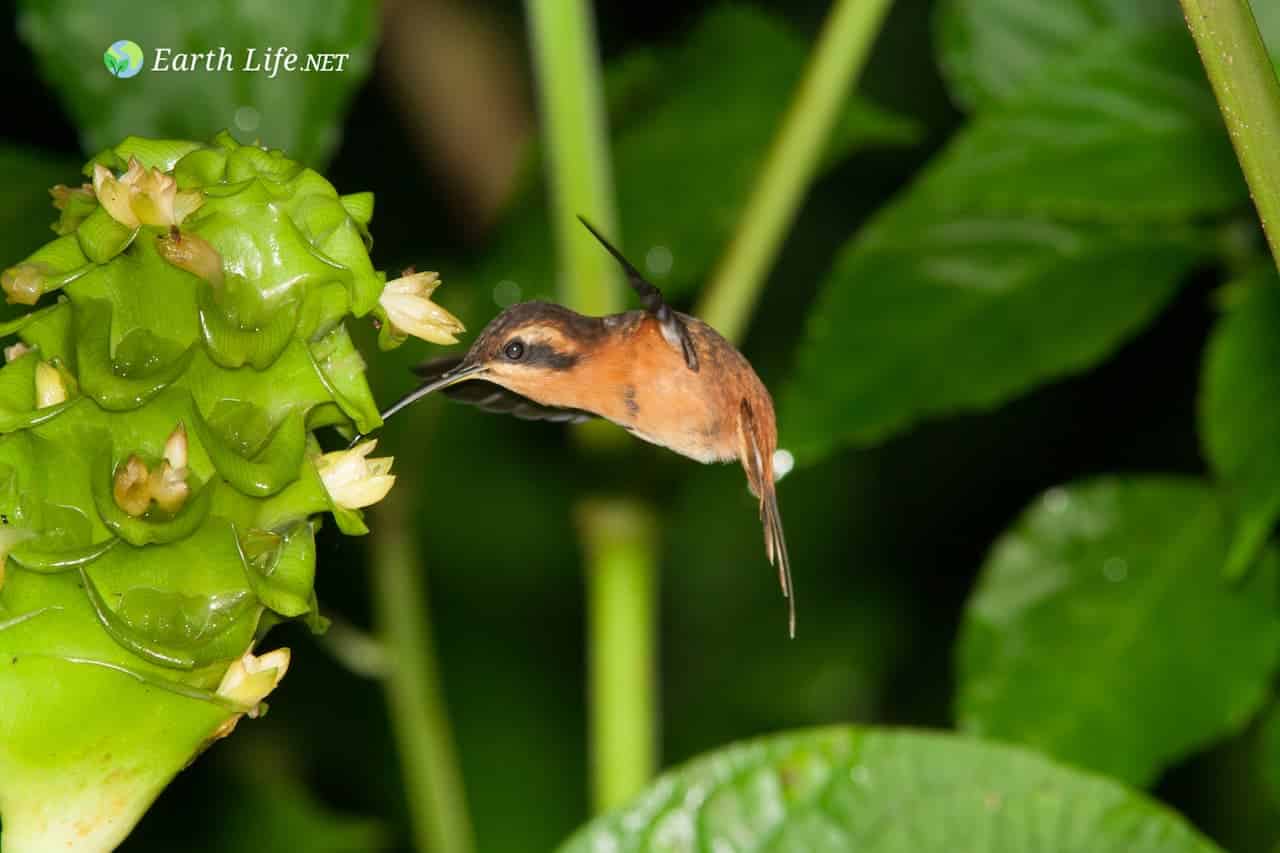
Sub-species & Ranges
-
- Phaethornis ruber ruber (Linnaeus, 1758) – Nominate Race
- Range: Surinam and French Guiana through Brazil to SE Peru and N Bolivia
- Phaethornis ruber episcopus (Gould, 1857)
- Range: C and E Venezuela, Guyana and adjacent N Brazil
- Phaethornis ruber nigricinctus (Lawrence, 1858)
- Range: Extreme SW Venezuela and E and S Colombia to N Peru
- Phaethornis ruber longipennis (Berlepsch and Stolzmann, 1902)
- Range: Southern Peru
- Phaethornis ruber ruber (Linnaeus, 1758) – Nominate Race
Description
The Reddish Hermit is one of the smallest hummingbirds measuring from 7.5 – 9 cm (3 – 3.5 inches) in length and weighing only about 2 grams (0.07 ounces).
The lower back and under plumage are cinnamon rufous colored. The male has a black spot, sometimes extending to a band across his chest. The bill is long with a slight down curve; the base of the lower bill (mandible) is yellow.

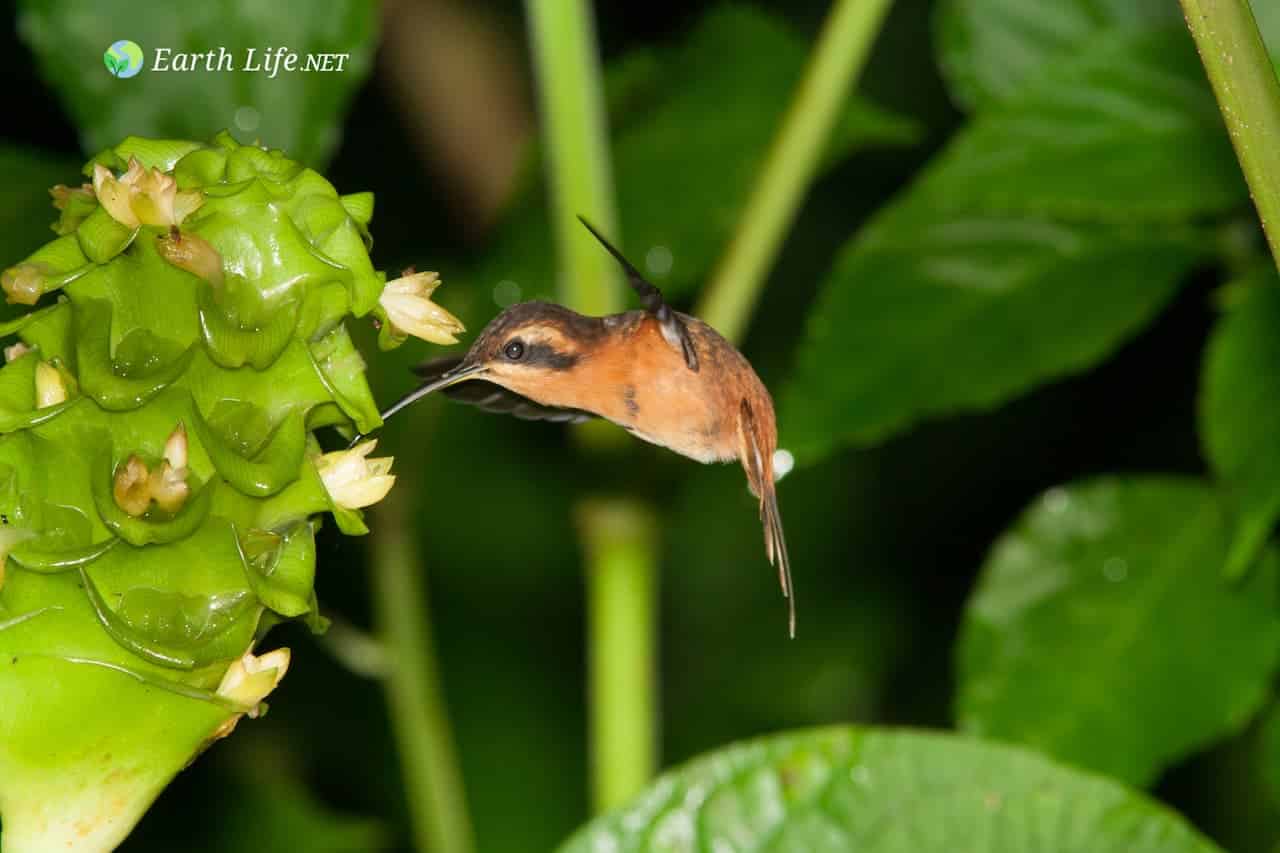
Nesting / Breeding
Hummingbirds in general are solitary and neither live nor migrate in flocks; and there is no pair bond for this species – the male’s only involvement in the reproductive process is the actual mating with the female.
As is the case with other hummingbird species, the chicks are brooded only the first week or two, and left alone even on cooler nights after about 12 days – probably due to the small nest size.
The chicks leave the nest when they are 15 – 22 days old, but are still cared for the mother for several days after fledging.
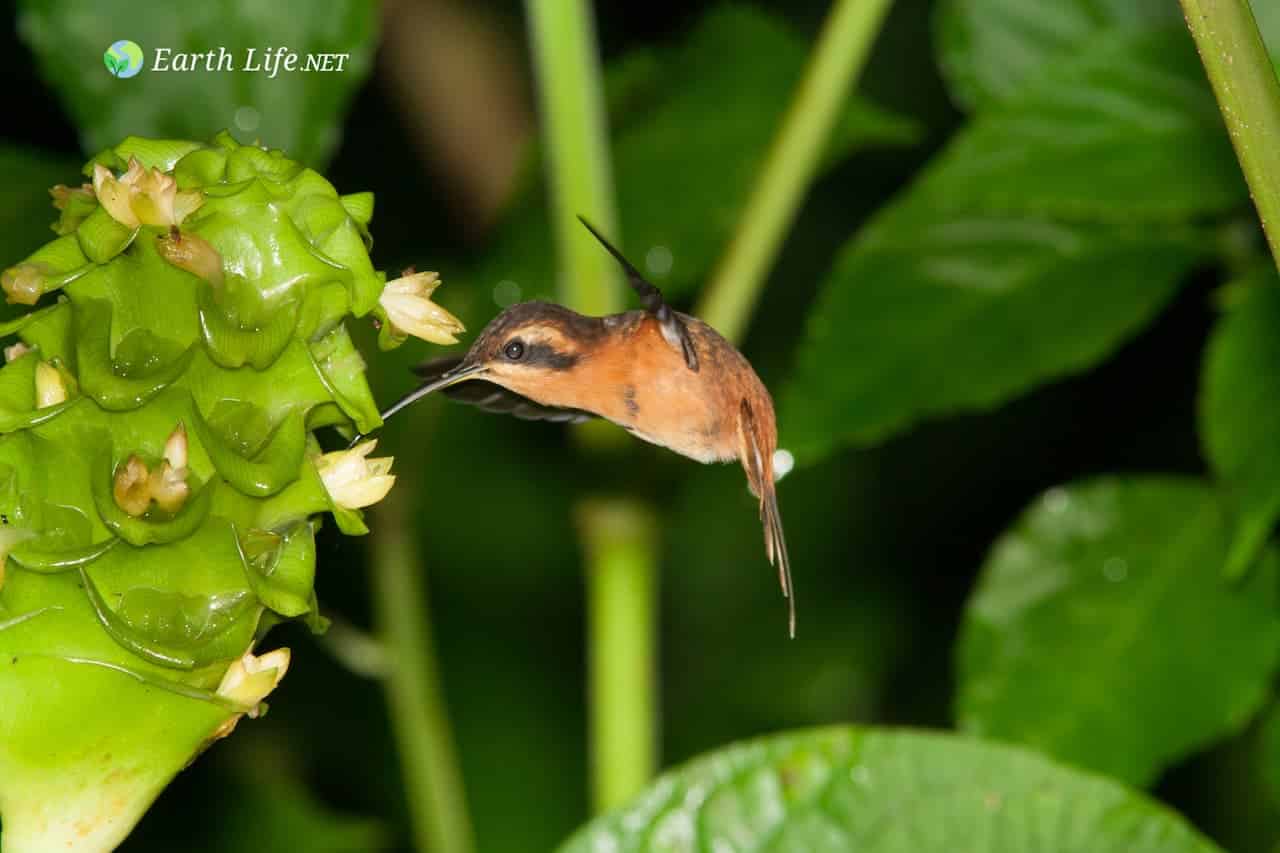

Diet / Feeding
The Reddish Hermits primarily feed on nectar taken from a variety of brightly colored, scented small flowers of trees, herbs, shrubs and epiphytes. They favor flowers with the highest sugar content (often red-colored and tubular-shaped).
Hermits are “trap-line feeders”. This feeding techniques – as it relates to hummingbirds – entails visiting plants along a long route (in this case of up to 0.6 miles or 1 km). This differentiates them from most other hummingbird species which generally maintain feeding territories in areas that contain their favorite plants (those that contain flowers with high energy nectar), and they will aggressively protect those areas.
They use their long, straw-like tongues to retrieve the nectar while hovering with their tails cocked upward as they are licking at the nectar up to 13 times per second. Sometimes they may be seen hanging on the flower while feeding.

Hummingbird Resources
- Hummingbird Information
- Hummingbird Amazing Facts
- Attracting Hummingbirds to Your Garden
- Hummingbird Species
- Feeding Hummingbirds


